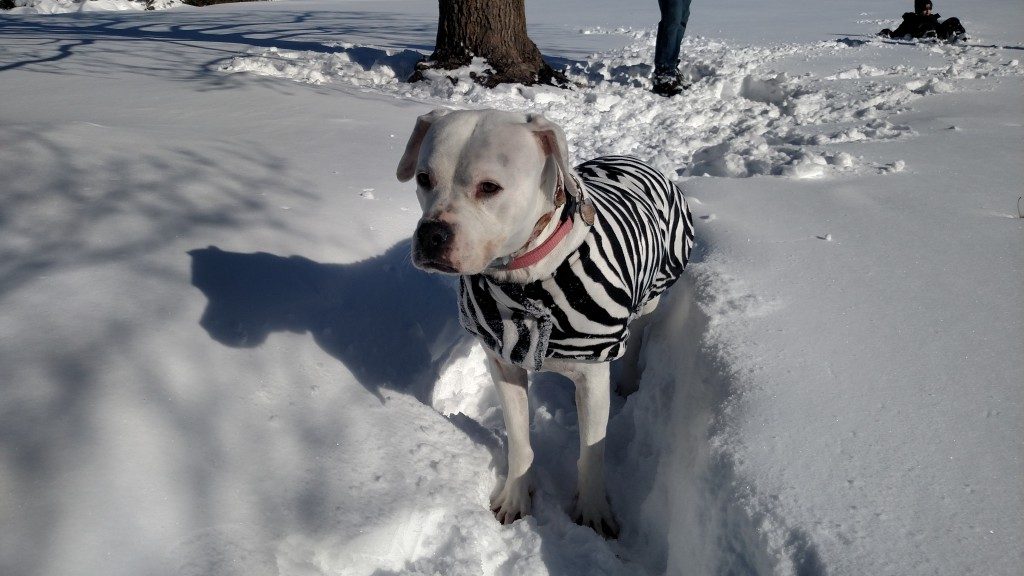Tylenol or Advil?
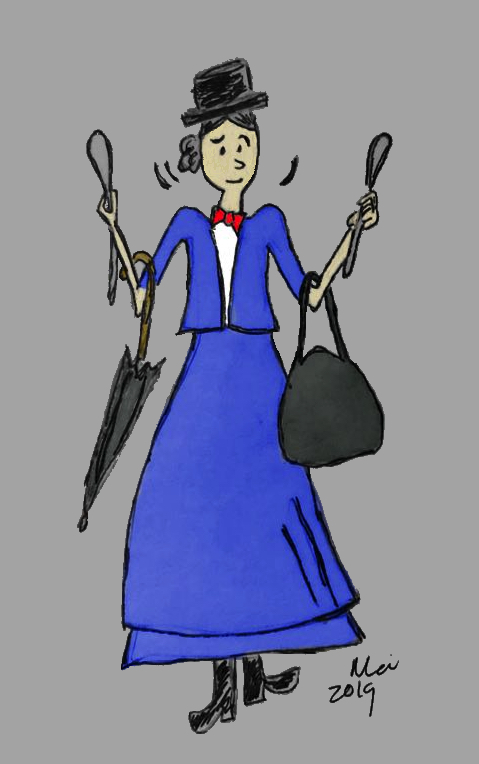
A spoonful of sugar or a spoonful of stevia?
What’s better to give my child, Tylenol or Advil? Acetaminophen or Ibuprofen?
We really shouldn’t be using brand names, but this question comes up often, and just like Kleenex or Band-aid or Post-it, we more often hear parents refer to the brand names than the generic names.
Tylenol is a brand name for acetaminophen. Sometimes on medicine labels it is listed as APAP.
Motrin and Advil are brand names for ibuprofen.
Acetaminophen and ibuprofen are the SAME in these two effects:
Both treat pain.
Both lower fever.
Here is how acetaminophen and ibuprofen are DIFFERENT:
- Acetaminophen is digested by the liver, and ibuprofen is digested by the kidneys.
- The dosing is different. Acetaminophen is dosed at 15mg/kg of your child’s weight, with a maximum dose of 650mg (2 adult “regular strength” tablets). Ibuprofen is dosed at 10mg/kg of your child’s weight with a maximum dose of 400mg (2 adult tablets), unless your child’s doctor directs you otherwise. Some kids can have higher doses.
- Acetaminophen effects last about 4-6 hours, while ibuprofen effects last 6-8 hours. So you can give a dose of acetaminophen every 4 hours and ibuprofen every 6 hours.
- Acetaminophen can be given to babies down to 2 months of age. We generally wait until 6 months to give ibuprofen. This is because studies of safety and usefulness of ibuprofen in younger babies have not been conducted. So if your child needs pain or fever medicine and is younger than 6 months old, give acetaminophen.
- Acetaminophen comes in several forms: as a liquid, pill, and suppository. Ibuprofen comes in liquid and pill form but has no suppository option. Suppositories are useful in kids who cannot or will not take the oral formulation.
Ibuprofen is an “anti-inflammatory” medicine. That means it decreases inflammation. So if your child has an inflamed throat or ear infection, very sore muscles or a sprained, swollen ankle, ibuprofen is the better choice because you get the pain relief plus the “anti-inflammation” properties of the medicine.
Should I alternate acetaminophen with ibuprofen?
For treating fever, planned alternation of the two may lead to dosing confusion. To avoid the risk of accidentally overdosing your child, we suggest that parents just pick one medicine and stick with it. Many parents have “fever phobia” and for this we strongly encourage you to check out our post about fever. The goal is not to lower fever but to help your child feel better. In fact, while one study suggests that alternating the two MAY lead to better fever control, there is not enough evidence for the American Academy of Pediatrics to recommend either way.
For treating pain, planned alternation may be helpful. One of Dr. Kardos’s patients recently sprained his ankle. To get him through the night, she had the parent give tylenol, then 3 hours later give ibuprofen, then 3 hours later give tylenol, then 3 hours later give ibuprofen. When you break this down, the patient got acetaminophen every 6 hours and ibuprofen every 6 hours, and because they were staggered, the parent could give the next medicine dose before the prior one wore off. In situations of pain, this alternating of medicine plan helped avoid the need for prescription pain medicine.
How is the liquid medicine formulated? How do I measure out the dose?
In the United States, Infant Tylenol and Children’s Tylenol come as a liquid form in the concentration, or “thickness,” of 160mg per 5ml. That means that you get 160mg of acetaminophen in every 5 ml that you measure out. Yes, both infant and children’s Tylenol liquid are 160mg per 5ml. Consumer alert: The “infant” formulation comes in a smaller bottle and the children’s form comes in a larger bottle, yet typically the infant form is more expensive. Go figure.
Children’s liquid Ibuprofen comes in two different concentrations or “thicknesses.” One is for babies and comes with a medicine dropper, and one is for older kids and comes with a cup for dosing. Read the label carefully and use the measuring device (dropper or cup) that comes with the medicine.
Are there side effects?
Just like all medicine, acetaminophen and ibuprofen can cause side effects, and in rare instances, allergic reactions. So you should have a valid reason for using them that is more important than the possible side effects. Again, both treat pain and treat discomfort from fever. If your child has a fever but is otherwise comfortable, you do not have to treat the fever just for the sake of lowering it. If your child has a liver or kidney disease, your child’s doctor might want you to avoid one or the other medicine, so ask before you dose your child.
Both medicines, even though they are over-the-counter, are toxic if overdosed. Be sure your child can’t get into either one by mistake, and if they do, call poison control immediately: 1800-222-1222.
Which one do we recommend over the other?
Tylenol or Advil? The answer: it depends what you are treating, how long you want the symptoms controlled, and which medicine your child tolerates better.
Julie Kardos, MD and Naline Lai, MD
©2019 Two Peds in a Pod®
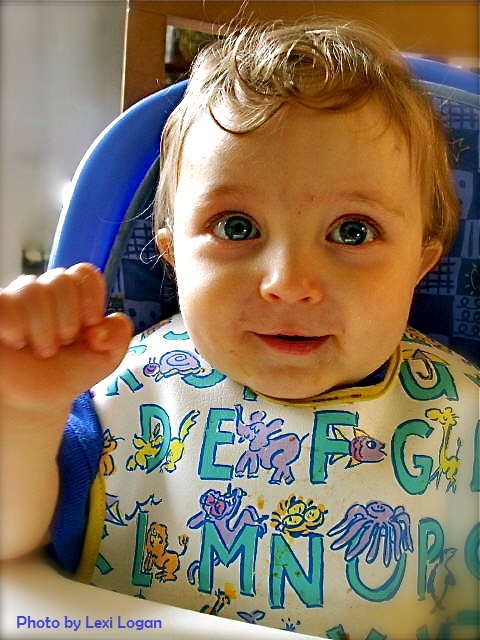
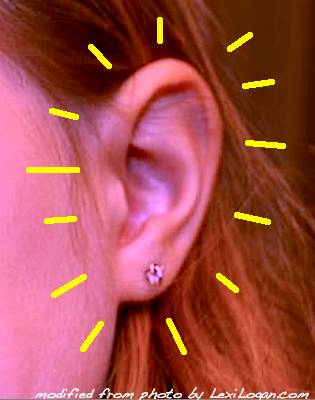 Does your child have an earache?
Does your child have an earache?
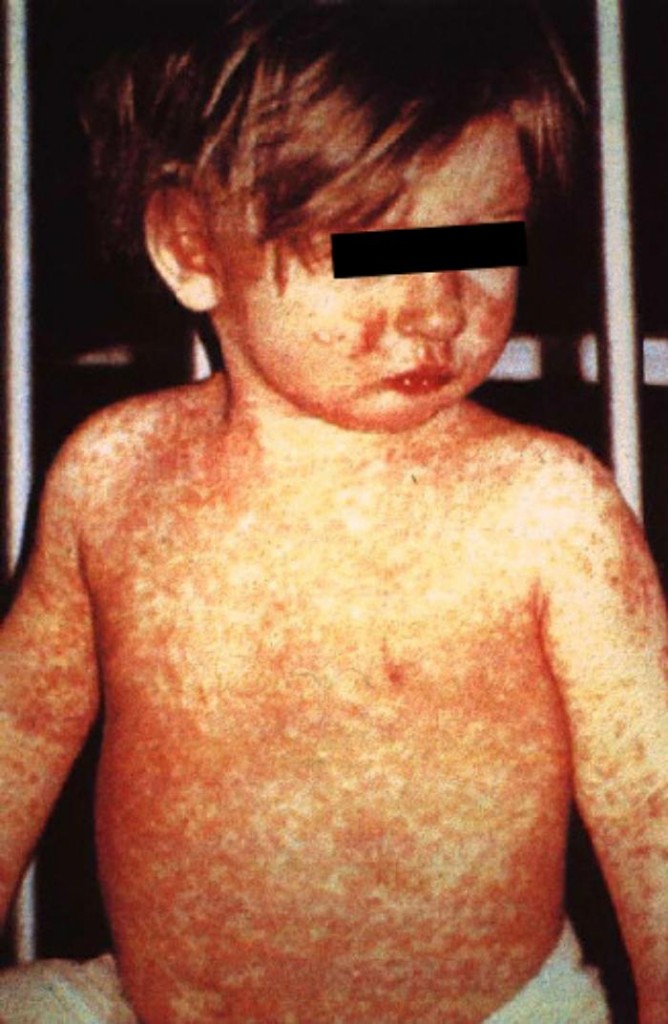
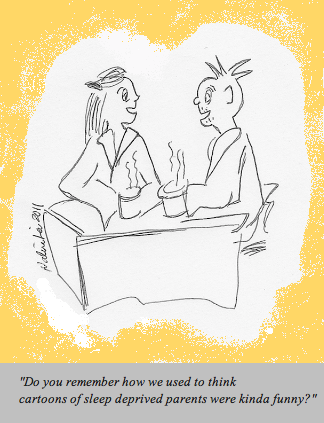 “I think we just hit the four month sleep regression. My baby used to sleep better, and now at four months, she is waking up every hour! What happened?”
“I think we just hit the four month sleep regression. My baby used to sleep better, and now at four months, she is waking up every hour! What happened?”